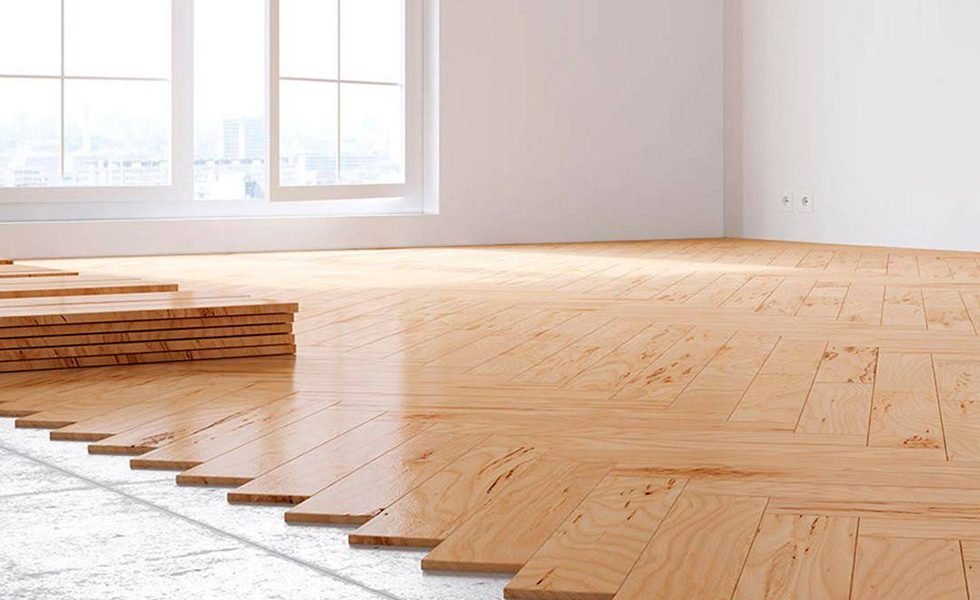Introduction
Timber flooring is a timeless choice, adding warmth and character to any space. However, to maintain that lustrous finish, occasional resurfacing is necessary. In this guide, we’ll explore the factors influencing how often you should resurface your timber flooring, ensuring you keep your Melbourne home looking its best.
Section 1: Signs It’s Time for Resurfacing
Before diving into the ideal frequency, let’s pinpoint the signs that your Timber Floor Sanding Melbourne service is due for a refresh.
Section 2: Worn Finish and Scratches
If you notice that the finish on your timber floor is worn, or if scratches have become more prevalent, it’s a clear indication that the surface needs attention. Resurfacing not only restores the aesthetic appeal but also provides a protective layer against future wear and tear.
Pro Tip: Place felt pads under furniture legs to minimize scratches and wear.
Section 3: Uneven Coloring
Over time, exposure to sunlight and foot traffic can lead to uneven coloring of your timber floor. Resurfacing helps to even out these variations, bringing back the uniformity and vibrancy of your flooring.
Pro Tip: Use area rugs strategically to protect high-traffic areas from excessive sunlight.
Section 4: Ideal Frequency for Residential Spaces
Now that we’ve identified the signs, let’s discuss how often you should consider resurfacing your timber flooring in a typical residential setting.
Section 5: High-Traffic Areas
For areas with heavy foot traffic, such as living rooms and hallways, consider resurfacing every 5 to 7 years. These zones experience more wear and tear, and a timely refresh ensures longevity and maintains the overall appeal of your home.
Pro Tip: Place stylish rugs in high-traffic areas to protect the timber and add a touch of decor.
Section 6: Low-Traffic Areas
Spaces with minimal foot traffic, like bedrooms or home offices, may only require resurfacing every 10 years or so. However, regular maintenance, such as cleaning and applying protective coatings, should still be part of your routine to preserve the floor’s integrity.
Pro Tip: Use furniture pads and avoid wearing high heels indoors to minimize impact on low-traffic areas.
While general guidelines are helpful, individual circumstances may vary. Seeking advice from professionals is invaluable in determining the unique needs of your timber flooring.
Section 8: Professional Inspection
Engage a reputable Timber Floor Sanding Melbourne service for periodic inspections. Professionals can assess the condition of your floor, taking into account factors like wood type, finish, and environmental conditions, to recommend a personalized resurfacing schedule.
Pro Tip: Establish a relationship with a trusted flooring professional for ongoing advice and maintenance.
Conclusion
In the world of timber flooring, finding the sweet spot for resurfacing is essential to preserve the beauty and longevity of your investment. Keep an eye out for signs of wear, follow recommended timelines, and don’t hesitate to consult professionals for personalized advice.
How often do you resurface your timber floors? Share your experiences or ask any questions in the comments below. Let’s create a community of well-informed timber floor enthusiasts!





